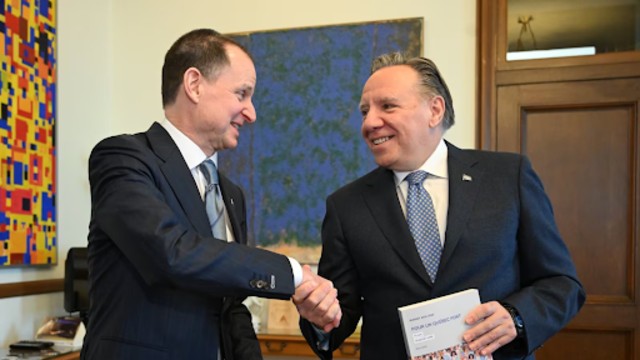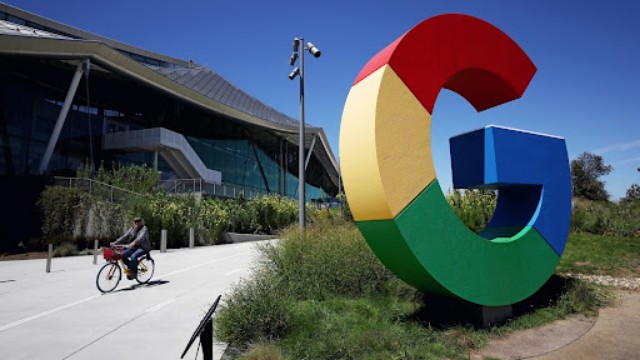
Shoppers consider rug samples on display in a furniture store Sunday, June 2, 2024, in Lone Tree, Colo. On Tuesday, June 18, 2024, the Commerce Department releases U.S. retail sales data for May. (AP Photo/David Zalubowski)
In May, consumer spending in the United States saw a tepid increase, held back by persistently high prices on essential goods and rising interest rates, according to the latest data from the Commerce Department released on Tuesday. Retail sales edged up by just 0.1% during the month, falling short of economists' expectations. This slight uptick follows a revised 0.2% decline in April, which was initially reported as unchanged. Prior to April, retail sales had shown stronger gains of 0.6% in March and 0.9% in February, but had slumped by 1.1% in January due in part to adverse weather conditions.
Excluding volatile categories such as gas prices and auto sales, retail sales still rose by the same marginal amount as the overall figure.
A notable factor affecting retail sales in May was the decline in gas prices, which restrained total sales growth. Excluding gas stations, retail sales managed a 0.3% increase for the month. Gasoline prices nationwide averaged $3.45 per gallon by the end of May, down from $3.59 a month earlier, according to AAA.
The report underscored a cautious consumer sentiment amid economic uncertainties. Economists noted that while consumer spending appears to be cooling in a controlled manner, there are indications of a potential soft landing for the economy, especially if the Federal Reserve adjusts interest rates promptly in response to evolving conditions.
Various sectors showed mixed results in May: sales at clothing stores rose by 0.9%, while electronics and appliance stores reported a modest 0.4% gain. Online sales continued to grow, increasing by 0.8%. However, sales at building material and garden supply stores fell by 0.8%, and purchases at gas stations saw a notable decline of 2.2%.
The retail sales data, while significant, offers a limited view of overall consumer spending as it excludes expenditures on services like travel and lodging. Sales at restaurants, the sole service category tracked in the report, fell by 0.4% in May.
Despite a robust job market and rising wages supporting household spending, consumers remain cautious amidst higher borrowing costs and persistent inflation, albeit at slightly eased levels. Major retailers like Target and Walmart have responded by implementing price reductions heading into the summer season, aiming to alleviate some financial pressure on consumers.
Recent economic indicators have shown a mixed picture: while job creation has remained strong, inflation has moderated slightly. In May, consumer prices excluding food and energy rose by 0.2%, marking a slowdown from the previous month and the smallest increase since October. Year-over-year, prices increased by 3.3%, down from a 3.6% gain in April.
The Federal Reserve, which has been closely monitoring inflation trends, signaled a cautious stance on interest rates, citing ongoing concerns despite recent improvements in inflation figures. The central bank indicated a likelihood of a single rate cut this year, reflecting a measured approach to supporting economic growth.
Meanwhile, consumer sentiment has been affected by inflation worries, with the University of Michigan’s consumer sentiment index declining for the third consecutive month in June.
Retail executives noted that while consumers continue to spend, their choices reflect a cautious approach, prioritizing value and making strategic adjustments in purchasing habits. Companies are adapting by offering more competitive pricing and enhancing customer experiences to maintain loyalty and attract spending.
Looking ahead, the economic landscape remains uncertain, hinging on factors such as inflation trends, interest rate decisions by the Federal Reserve, and consumer sentiment shifts, all of which will influence the trajectory of consumer spending in the coming months.















